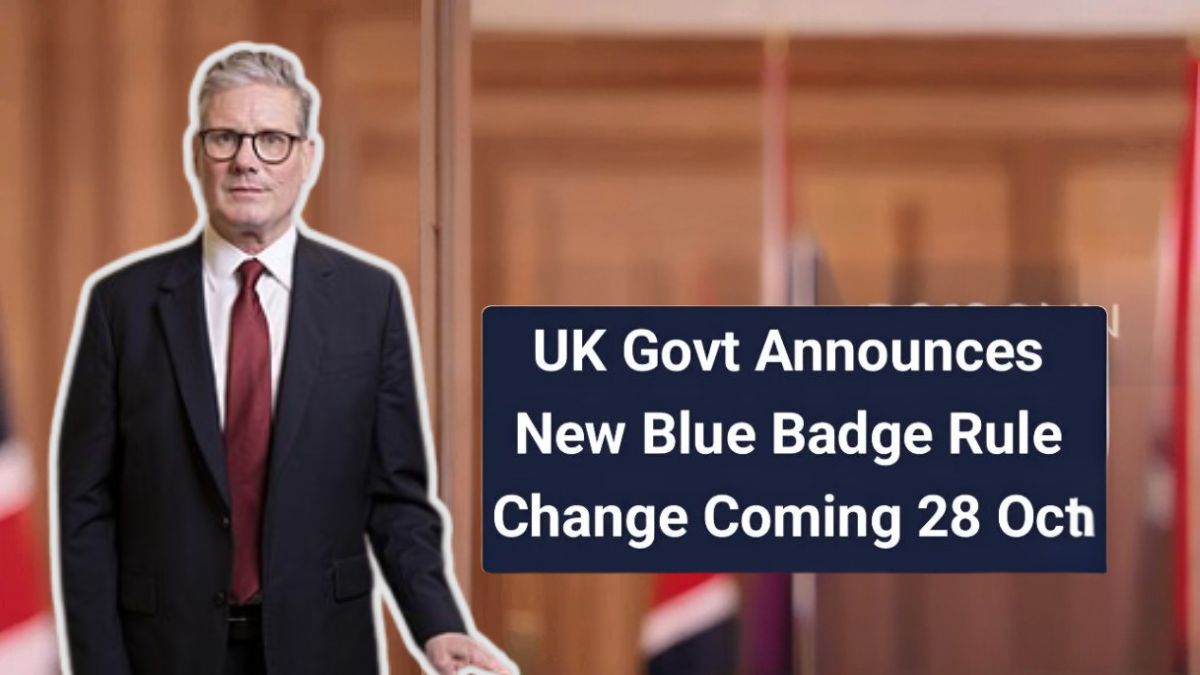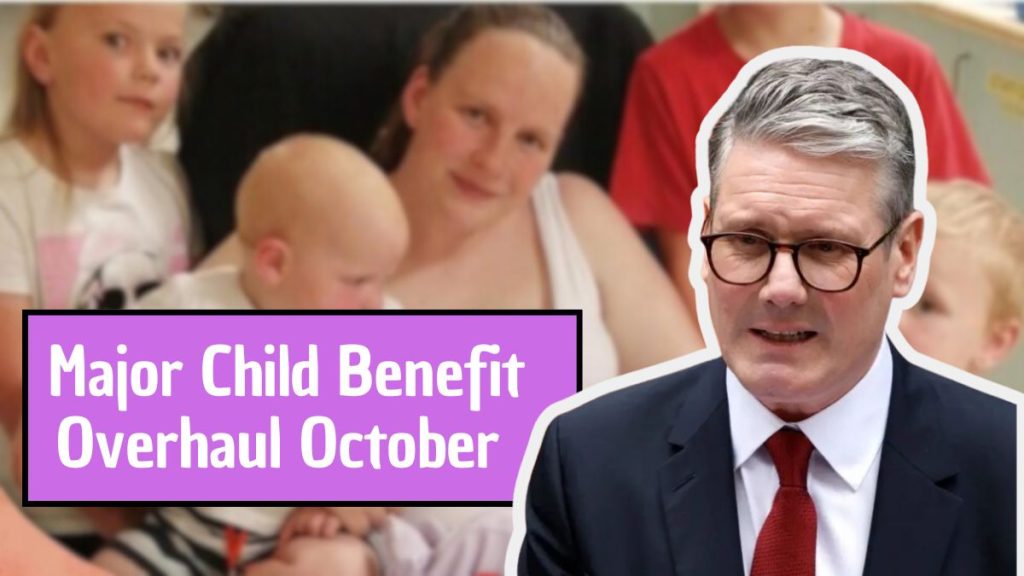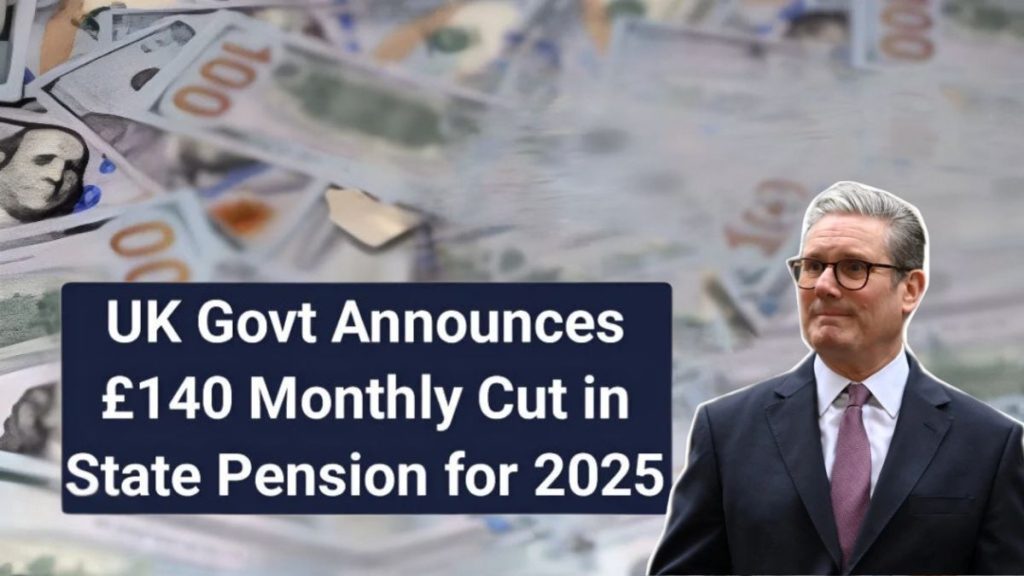With the cost of living crisis still weighing heavily on UK households, many have been searching for reliable information about the £725 Cost of Living Payment 2025. While some initially assumed it was another one-off grant similar to previous years, this initiative represents something much more significant.
Unlike temporary relief payments, the £725 figure refers to a permanent increase in the Universal Credit standard allowance — part of a historic welfare reform aimed at providing lasting financial stability for millions. This is not a short-term intervention; it’s a structural change designed to improve living standards and create fairer opportunities for people across the country.
The Biggest Benefit Increase in Over Four Decades

The £725 Cost of Living Payment 2025 comes as part of the Universal Credit Bill, which marks the largest real-terms increase in out-of-work benefits since 1980. The government’s stated objective is to “rebalance” the system so that it rewards work, strengthens household security, and ensures that benefits rise faster than inflation in the years ahead.
According to the Department for Work and Pensions (DWP), nearly four million households will benefit from this increase as it is phased in over the next few years. By the 2029/30 financial year, the reforms are expected to deliver an annual income boost of around £725 for millions of low-income individuals and families.
What Is the £725 Cost of Living Payment 2025?
It’s important to clarify that the £725 figure is not a lump-sum payment. Instead, it represents the total annual increase a single adult over the age of 25 on Universal Credit will see by 2029/30 compared with inflation-linked rises.
The change is part of a long-term reform under the Universal Credit Bill, which sits at the center of the government’s Plan for Change agenda.
Here’s a summary of what the measure involves:
| Feature | Details |
|---|---|
| Payment Type | Permanent increase to Universal Credit standard allowance |
| Estimated Value | £725 annual boost by 2029/30 |
| Beneficiaries | Around 4 million households on Universal Credit |
| Legislation | Universal Credit Bill, part of the government’s welfare reform plan |
| Purpose | Raise living standards and reduce poverty through long-term policy change |
Understanding the Universal Credit Bill Reforms
The Universal Credit Bill represents a complete overhaul of the UK’s welfare structure. Its primary goal is to provide greater financial independence while removing barriers that have historically discouraged employment.
For years, the benefits system has been criticized for being complex and inadequate in the face of rising living costs. The new law aims to change that by increasing the core Universal Credit rate permanently above inflation, ensuring a higher, more stable income for claimants.
The bill has successfully passed the House of Commons and is now being reviewed in the House of Lords before becoming official law. Once enacted, it will establish a long-term foundation for future welfare policy.
How the £725 Increase Will Be Delivered
The £725 boost won’t arrive as a single cheque or one-time payment. Instead, the increase will be phased in gradually from 2025 to 2029, ensuring that each year’s Universal Credit rate remains ahead of inflation.
By the end of the rollout period, the standard allowance for a single person over 25 will be roughly £250 higher per year than it would have been under normal inflation adjustments, resulting in the cumulative £725 uplift.
This gradual implementation strategy aims to prevent economic shocks while providing consistent financial improvement for claimants. The Institute for Fiscal Studies (IFS) has described this as “the most substantial permanent uplift in modern welfare history.”
Who Will Benefit from the £725 Increase?
The reforms are designed to benefit a broad range of low-income households, including individuals and families currently claiming Universal Credit. The DWP estimates that nearly four million households will receive additional support once the full increase is in effect.
The government has also built in special protections for vulnerable claimants, particularly those unable to work due to severe or lifelong health conditions. For example:
- Around 200,000 individuals with severe disabilities will be exempt from reassessments.
- Claimants with terminal illnesses or life expectancies of less than 12 months will have their benefit levels protected.
- Payments for these groups will rise with or above inflation each year between 2026/27 and 2029/30.
This ensures that those who need the most help continue to receive stable, reliable financial support.
The “Right to Try Guarantee” for Disabled People
A defining feature of the Universal Credit reform is the introduction of the “Right to Try Guarantee.” For the first time, this policy will be legally protected, allowing people with disabilities or health conditions to attempt employment without fear of losing their benefits.
Previously, many disabled individuals avoided trying to work because of the risk of losing entitlement if they were unable to continue. The new rule changes that — giving them confidence to explore job opportunities and return to benefits if their situation changes.
This is part of the government’s “Pathways to Work” initiative, backed by a £3.8 billion investment, which includes:
- Targeted skills training,
- Health and workplace support programs, and
- Tailored assistance for individuals facing long-term barriers to employment.
Rebalancing Health and Core Allowances
Another key reform involves rebalancing how Universal Credit payments are structured. The focus is shifting towards strengthening the core standard allowance, which every claimant receives, while fine-tuning additional payments for health conditions.
From April 2026, the UC health element for new claims will be set at £50 per week, but existing recipients will continue receiving their higher rates. Those with serious medical conditions or covered under the Special Rules for End of Life (SREL) will remain eligible for enhanced payments.
This rebalancing ensures a fairer and more sustainable system — one that strengthens the base income for all claimants while maintaining extra help for those who need it most.
A Shift Toward Long-Term Financial Security
The £725 Cost of Living Payment 2025 is more than a short-term relief plan; it’s a fundamental restructuring of welfare policy. The government aims to address the long-standing challenges of low benefit adequacy and economic inequality by permanently raising support levels.
The new model prioritizes financial stability, employment opportunities, and dignity for all recipients. By maintaining benefit levels ahead of inflation, the policy ensures real-terms income growth for millions of people who have faced stagnant or declining purchasing power in previous years.
Economic and Social Impact
Experts predict that the reform will have a positive ripple effect on the wider economy. Increased household income typically leads to higher consumer spending, benefiting local businesses and stimulating economic growth.
However, some economists have cautioned that this long-term increase could add fiscal pressure to the national budget. Despite this, most analysts agree that the policy will reduce poverty and enhance financial resilience, especially among working-age adults.
Public Reaction and Next Steps
Public response to the Universal Credit Bill has been mixed. Many welfare organizations and anti-poverty campaigners have welcomed the permanent increase, describing it as “a long-overdue correction” after years of austerity.
Others, however, have raised questions about whether the new structure will be enough to offset persistent regional inequalities and rising living costs.
Once the Bill passes the House of Lords, implementation will begin gradually, with the first stage of increases scheduled for 2025/26. The DWP has stated it will publish detailed rollout guidance on GOV.UK once the legislation receives Royal Assent.
(5) Frequently Asked Questions (FAQs)
1. What is the £725 Cost of Living Payment 2025?
It’s not a one-off payment. The £725 represents the estimated annual increase in Universal Credit benefits by 2029/30, as part of a permanent uplift under the Universal Credit Bill.
2. Who will benefit from the increase?
Nearly four million UK households currently receiving Universal Credit will see higher payments, with additional protections for those with disabilities or long-term health conditions.
3. When will the new rates take effect?
The increase will be phased in gradually, starting from 2025/26, and will continue through to 2029/30, ensuring benefits consistently rise faster than inflation.
4. What is the Right to Try Guarantee?
This new policy allows disabled people to try working without risking their benefits if the job doesn’t work out. It provides greater confidence and flexibility for those seeking employment.
5. Will I receive a single £725 payment?
No. The £725 is not a lump sum. It reflects the total annual gain in income through the permanent Universal Credit uplift, not a one-time cash payment.
















